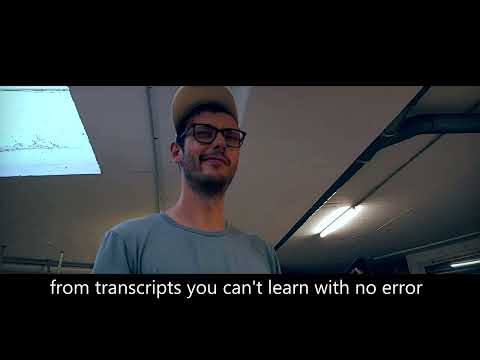CryptoDB
Lattice-Based Zero-Knowledge Proofs and Applications: Shorter, Simpler, and More General
| Authors: |
|
|---|---|
| Download: | |
| Presentation: | Slides |
| Conference: | CRYPTO 2022 |
| Abstract: | We present a much-improved practical protocol, based on the hardness of Module-SIS and Module-LWE problems, for proving knowledge of a short vector $s$ satisfying $As=t\bmod q$. The currently most-efficient technique for constructing such a proof works by showing that the $\ell_\infty$ norm of $s$ is small. It creates a commitment to a polynomial vector $m$ whose CRT coefficients are the coefficients of $s$ and then shows that (1) $A\cdot \mathsf{CRT}(m)=t\bmod\,q$ and (2) in the case that we want to prove that the $\ell_\infty$ norm is at most $1$, the polynomial product $(m - 1)\cdot m\cdot(m+1)$ equals to $0$. While these schemes are already quite efficient for practical applications, the requirement of using the CRT embedding and only being naturally adapted to proving the $\ell_\infty$-norm, hinders the efficiency of this approach. In this work, we show that there is a direct and efficient way to prove that the coefficients of $s$ have a small $\ell_2$ norm which does not require an equivocation with the $\ell_\infty$ norm, nor any conversion to the CRT representation. We observe that the inner product between two vectors $ r$ and $s$ can be made to appear as a coefficient of a product (or sum of products) between polynomials which are functions of $r$ and $s$. Thus, by using a polynomial product proof system and hiding all but one coefficient, we are able to prove knowledge of the inner product of two vectors modulo $q$. Using a cheap, approximate range proof, one can then lift the proof to be over $\mathbb{Z}$ instead of $\mathbb{Z}_q$. Our protocols for proving short norms work over all (interesting) polynomial rings, but are particularly efficient for rings like $\mathbb{Z}[X]/(X^n+1)$ in which the function relating the inner product of vectors and polynomial products happens to be a ``nice'' automorphism. The new proof system can be plugged into constructions of various lattice-based privacy primitives in a black-box manner. As examples, we instantiate a verifiable encryption scheme and a group signature scheme which are more than twice as compact as the previously best solutions. |
Video from CRYPTO 2022
BibTeX
@inproceedings{crypto-2022-32108,
title={Lattice-Based Zero-Knowledge Proofs and Applications: Shorter, Simpler, and More General},
publisher={Springer-Verlag},
author={Vadim Lyubashevsky and Ngoc Khanh Nguyen and Maxime Plancon},
year=2022
}

